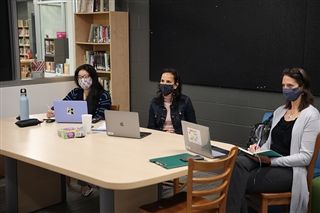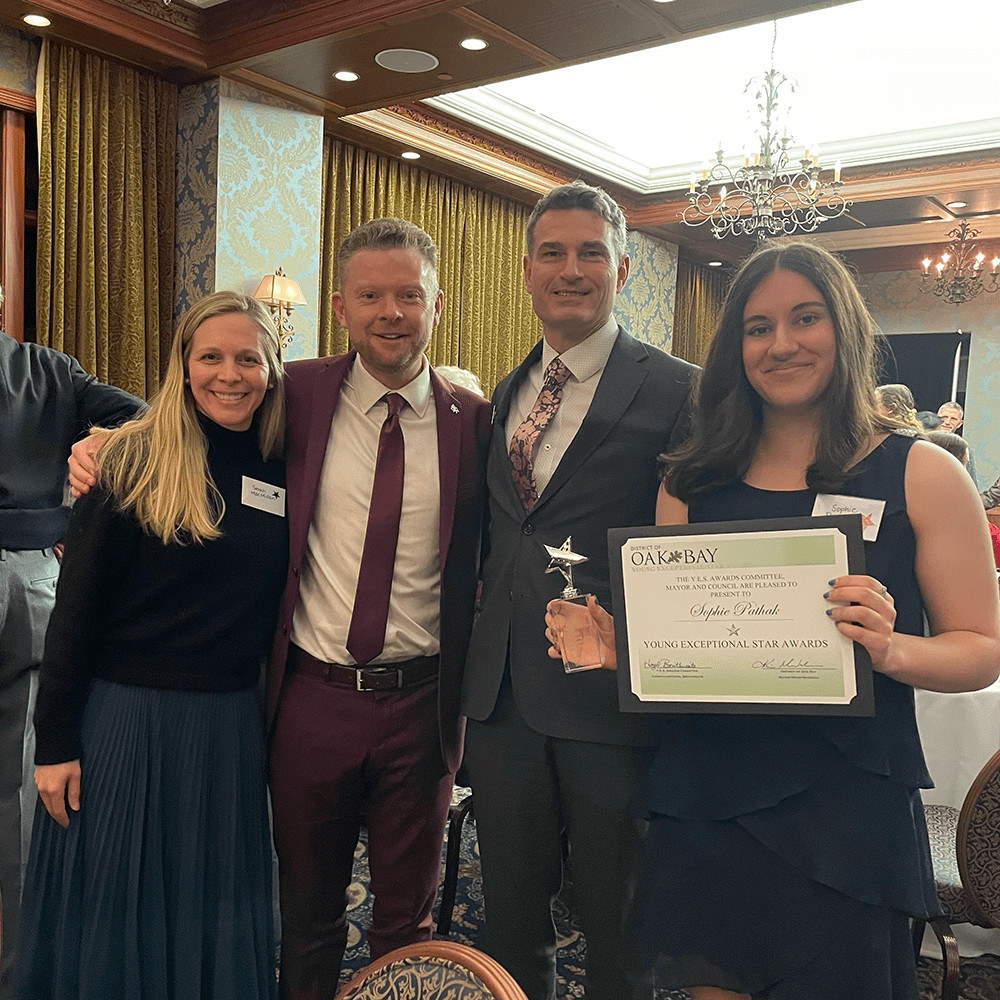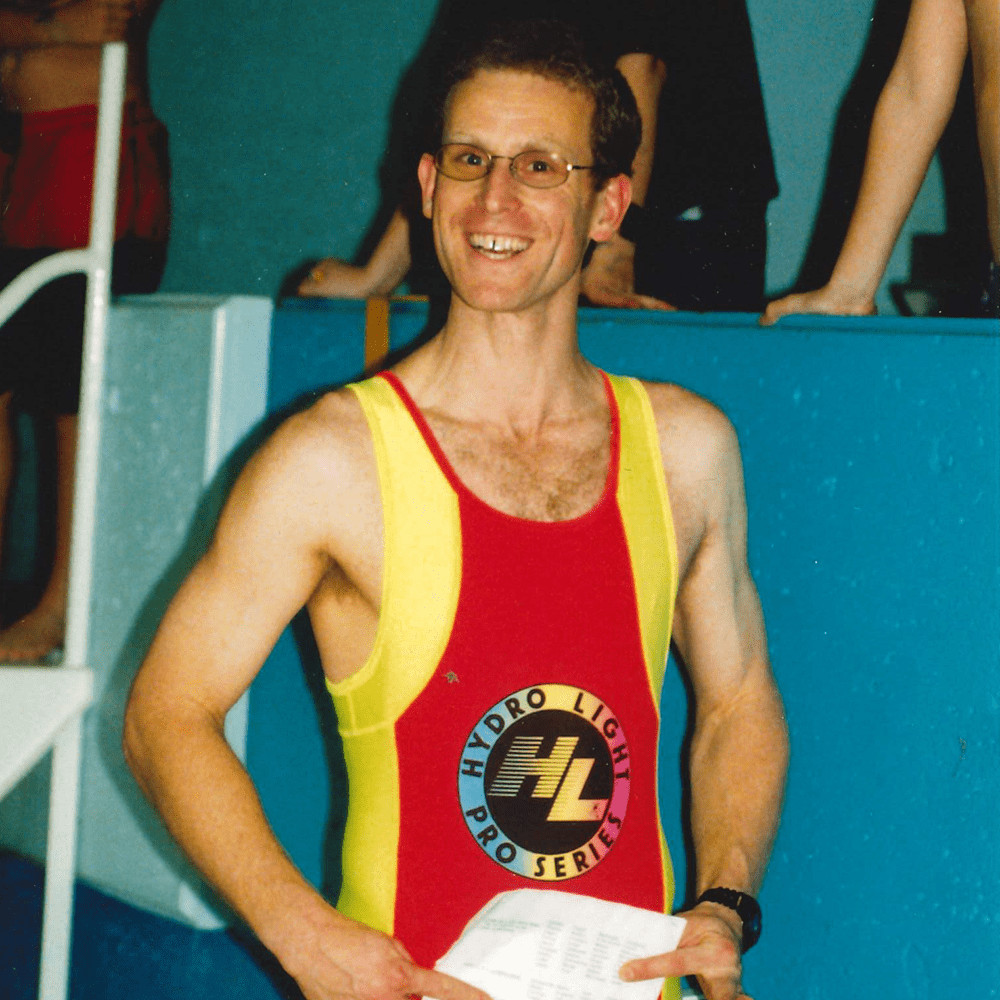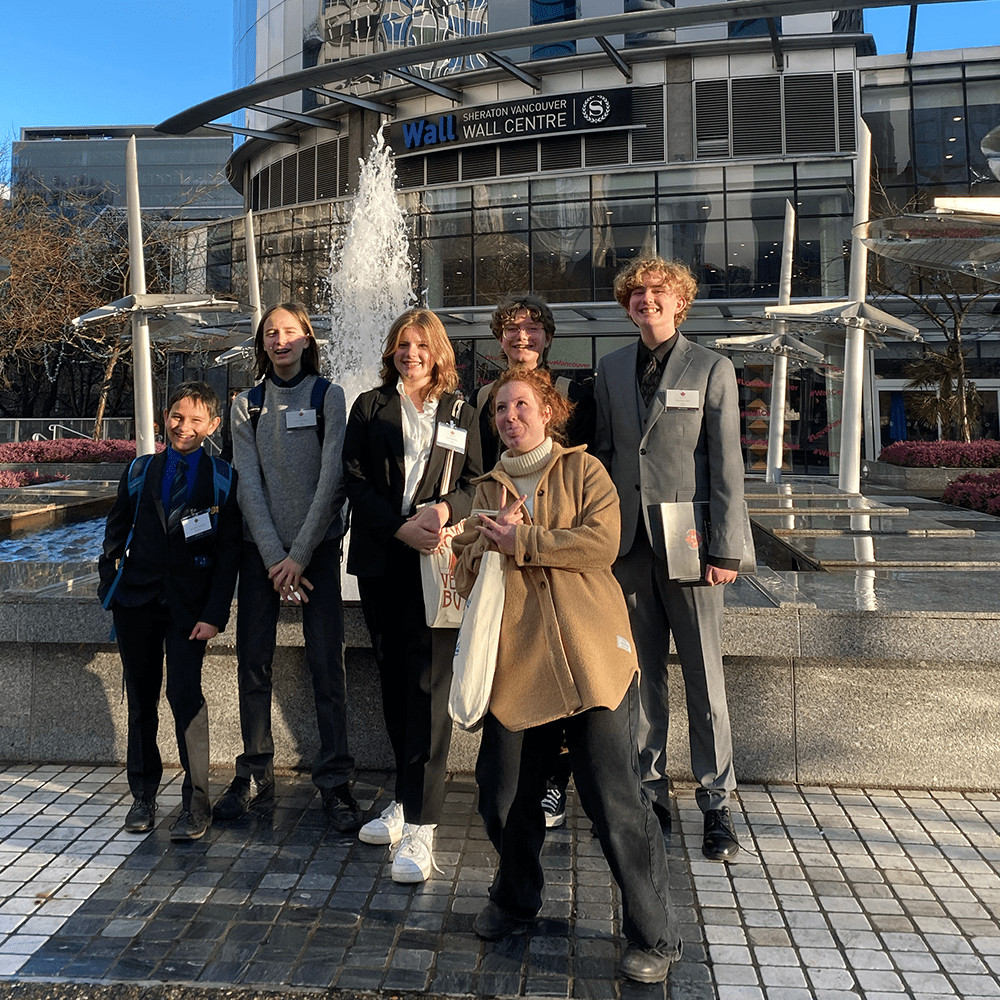Recently, art teachers Ms. Nancy Fletcher, Ms. Elaine Kao and Ms. Gina Sicotte participated in a workshop put on by the Legacy Art Gallery.
The virtual workshop entitled “Working with Indigenous Artists in the Classroom,” was hosted by Anadrea Walsh, an Associate Professor at the University of Victoria. The presenters included master carver Doug LaFortune and elder Kathy LaFortune alongside weaver Deb George and elder Ron George. They discussed ways to bring Coast Salish teaching and practices to students from Kindergarten to Grade 12 through partnerships with artists and Indigenous cultural workers.
“One thing that stuck with me is when Deb George said ‘when you quiet your spirit enough we all have the creative piece in us,’ so even when students think they aren’t creative she would remind them to sit with it and quiet their spirit,” said Ms. Kao. “That kind of jived with me because I always tell students if they keep trying they will be able to do it. It’s not that they aren’t creative they just haven’t tried yet.”
Deb and Ron George spent their time talking about the traditional artwork involved in making coil baskets and the importance that the history, knowledge, legacy and ceremony play throughout the whole process from gathering the raw materials, to preparing strips of cedar, to the weaving.
“They talked about using the material as the teacher—teaching the history and origins of the material, and the importance of the cedar, which is a sacred tree,” explained Ms. Kao. “They also talked about the need to protect the trees and about the tradition of giving away the first piece you make—teaching reciprocity.”
“Deb and Ron talked about when they give weaving workshops, they describe the ceremonial aspects and lengthy process required to prepare the cedar bark for weaving,” said Ms. Fletcher. “They explained the connection to nature and the spiritual significance of the whole process, not just the weaving itself.”
Another highlight was the LaFortunes speaking about contemporary art such as carving and graphic arts.
“One thing that stuck with me was that Doug said ‘a true master never calls themselves a master because they know there is still so much to learn.’ He doesn’t consider what he does as teaching, but rather sharing and I thought that was sweet,” said Ms. Kao.
“Doug LaFortune mentioned that he often advises people to, ‘do what you have inside you’ when they lack confidence,” added Ms. Fletcher. “I appreciate how this encourages students to believe in their creative abilities and to find inspiration in things that are relevant to their lives.”
Taking part of this workshop was important to the staff as it offered a way for them to continue their learning.
“There is so much that we don’t know, and we want to be respectful and learn more about appropriation versus appreciation, and how we can do it in a way to honour the past and present of Indigenous art,” said Ms. Kao. “Getting to hear from the artists themselves helps us to begin to understand from their perspectives.”
Ms. Kao noted she wants to connect with Indigenous and First Nation artists further to bring their teachings into the classroom and infuse the First Nations Principles of Learning into her lessons to deepen students’ understanding, appreciation and respect of the various materials, art forms, artists and cultures they encounter.





